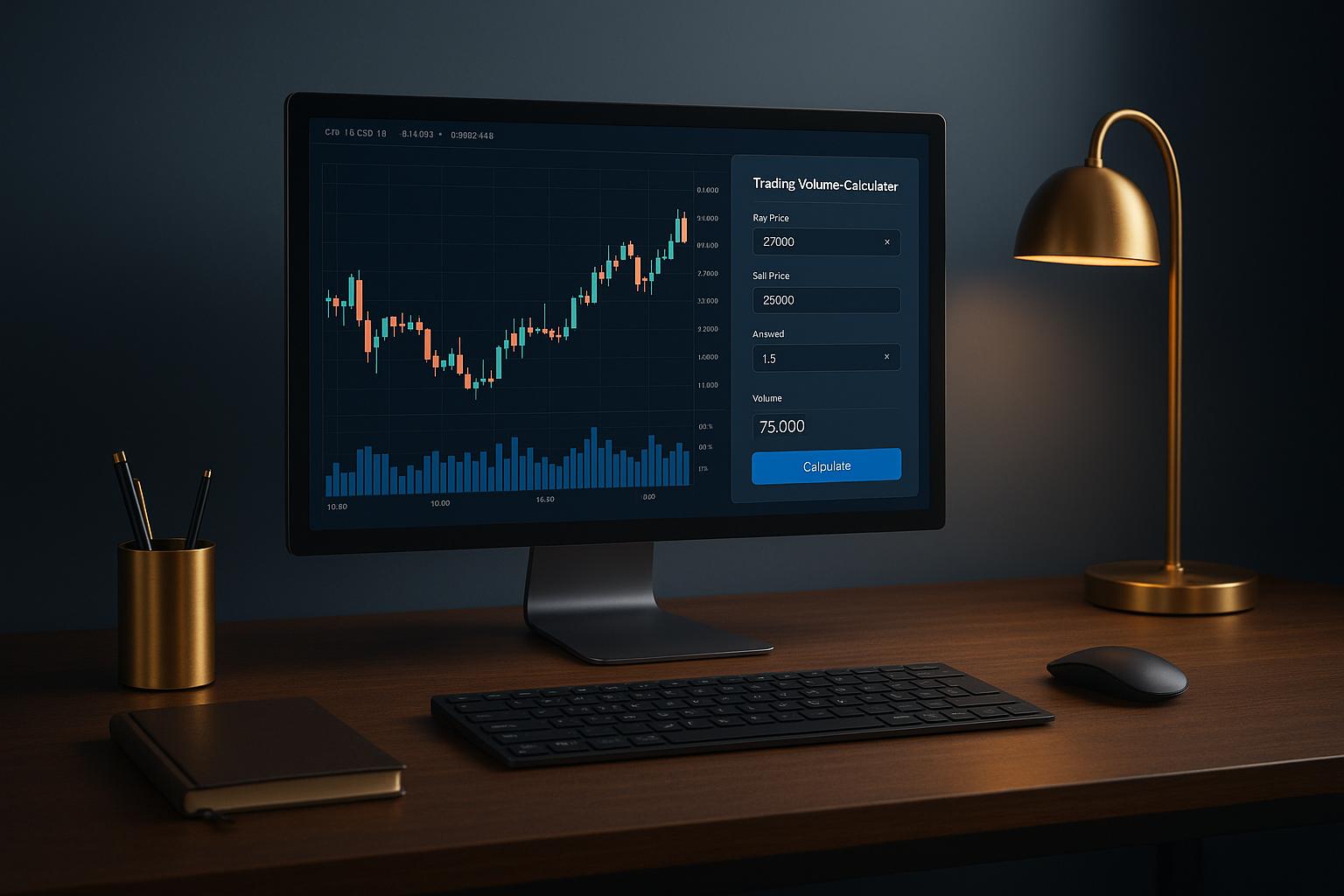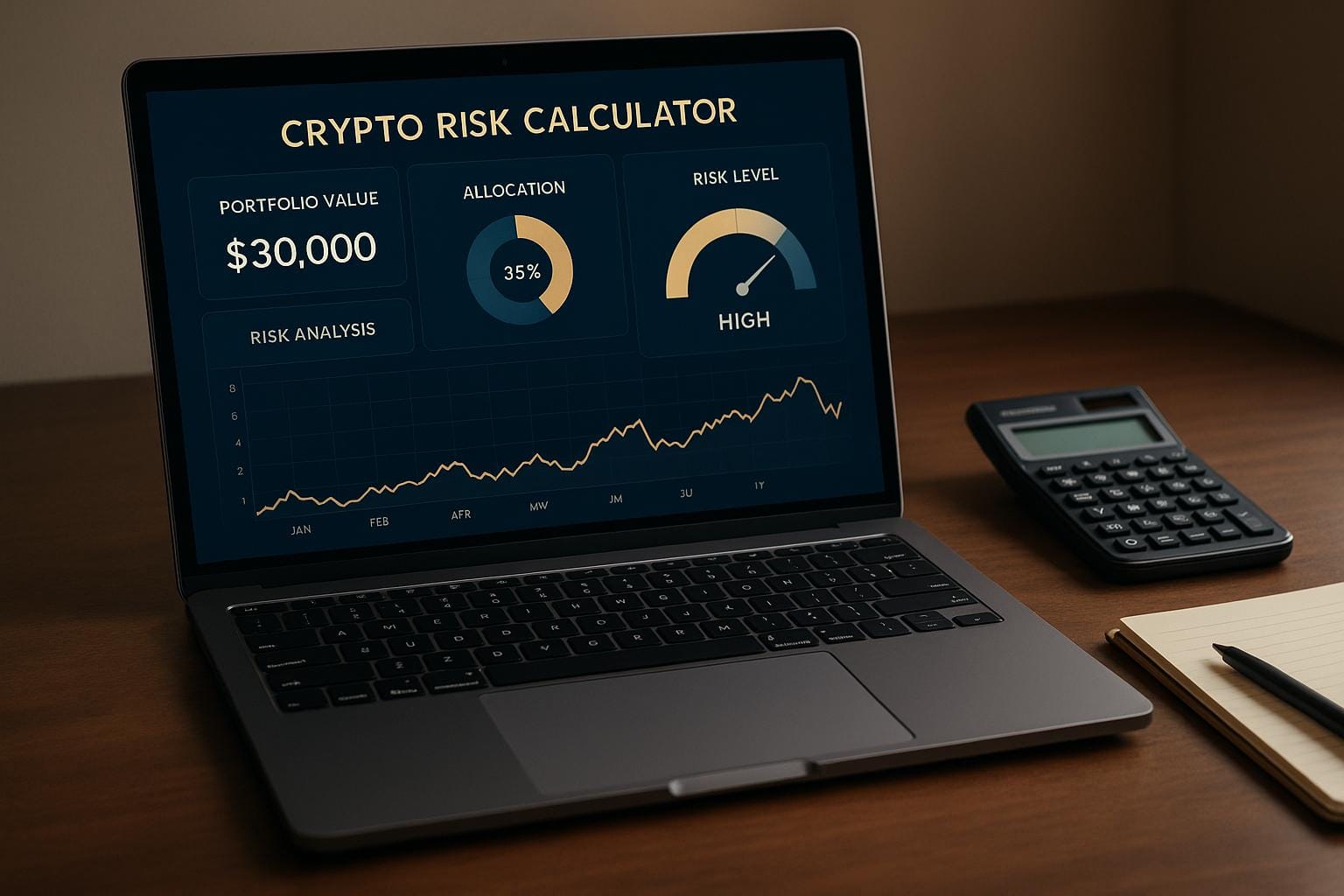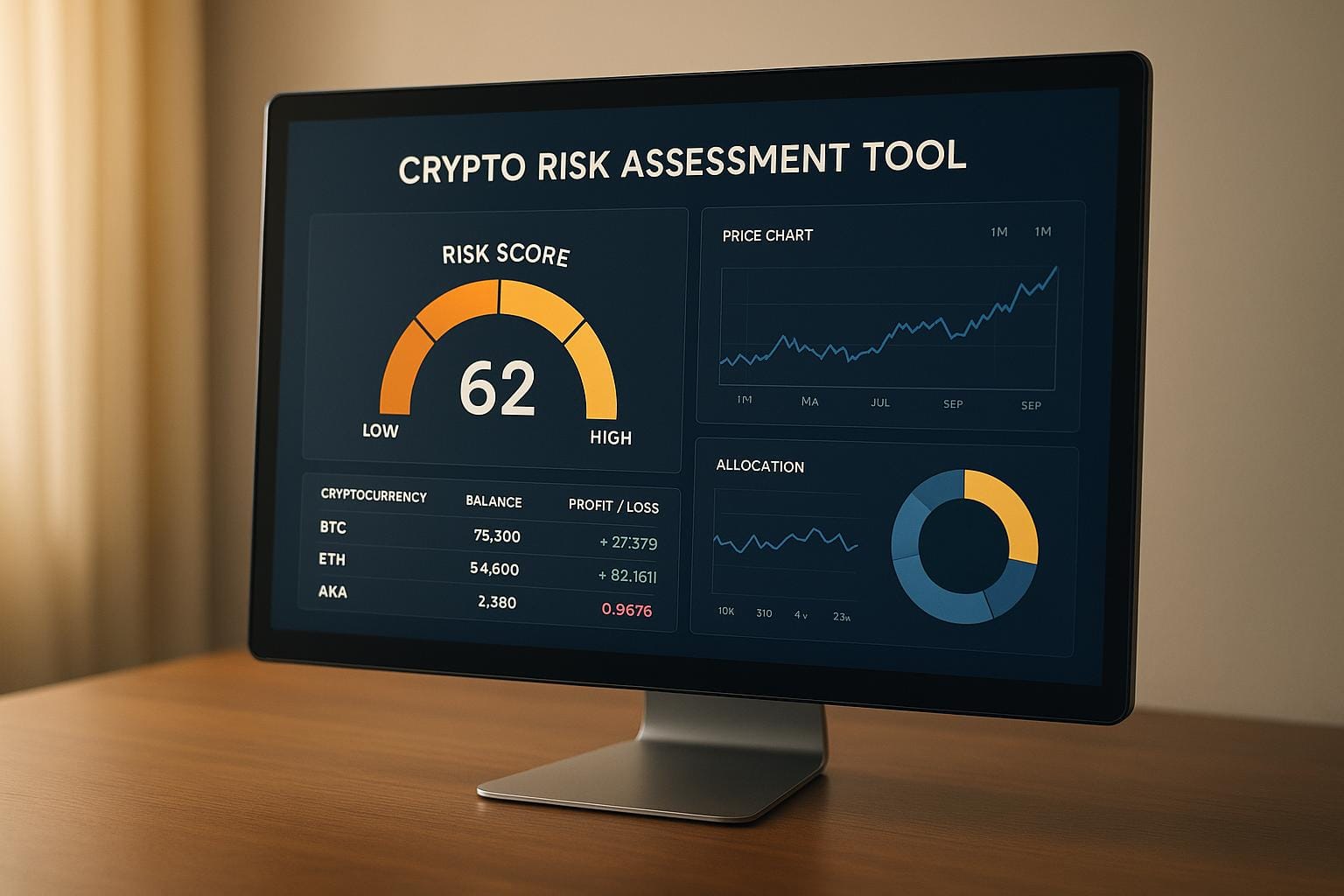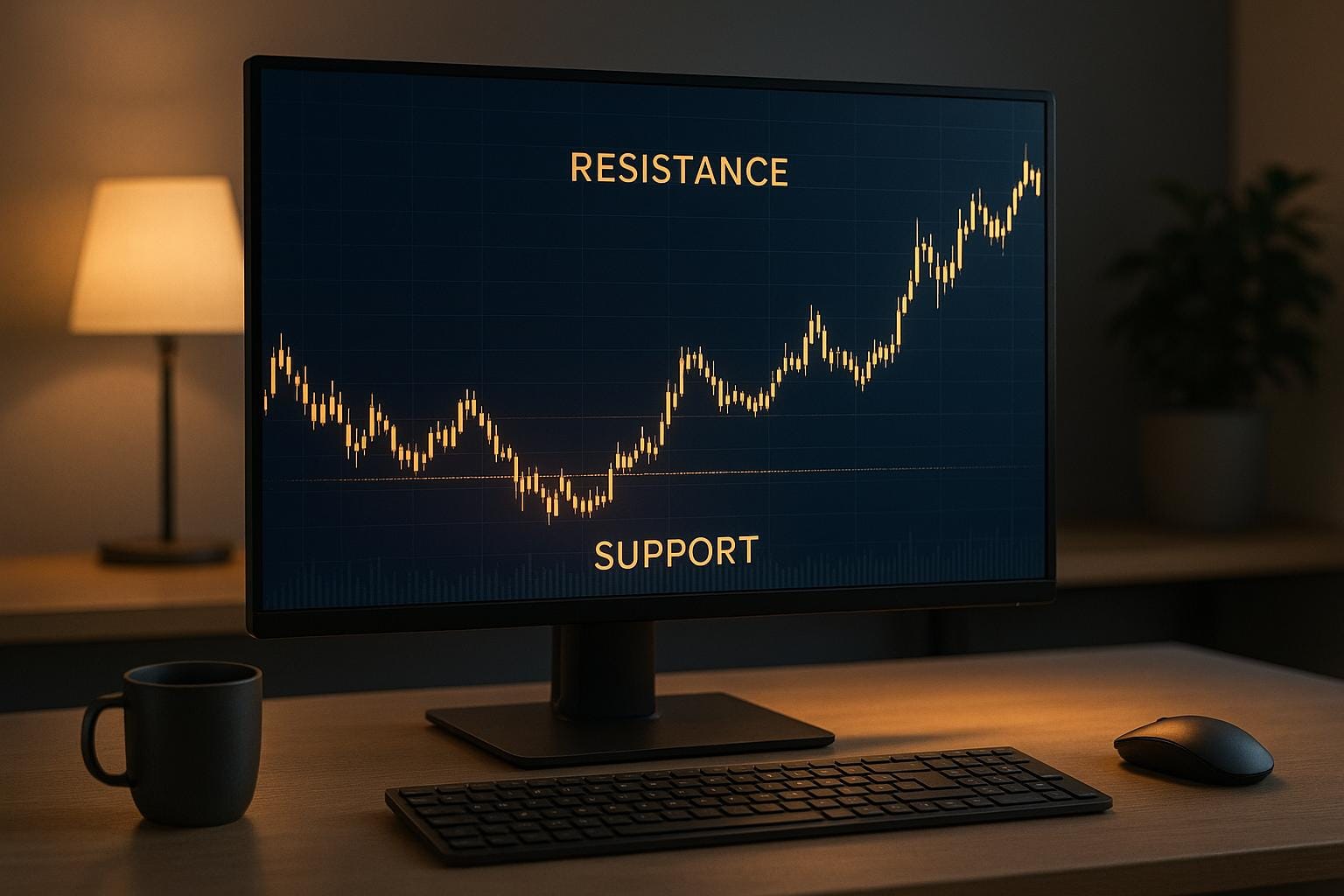Understanding Crypto Trading Volume with Our Calculator
If you're diving into the world of cryptocurrency, keeping tabs on trading volume is essential. This metric reveals how much of a digital asset, like Bitcoin or Ethereum, has been exchanged over a given timeframe. It’s a window into market trends—high numbers often hint at excitement or volatility, while lower figures might suggest a quieter phase. For traders, knowing this can shape smarter decisions.
Why Calculate Trading Volume?
Manually crunching these numbers can be a hassle, especially with fluctuating prices and trade counts. That’s where a reliable cryptocurrency volume estimator comes in handy. By simply entering a few details, you get an instant breakdown of the total value traded, without the headache of complex math. Whether you're a day trader or a long-term holder, this insight helps you stay ahead of the curve.
Beyond the Numbers
Volume isn’t just data—it’s a story. It can signal whether a price jump is backed by real interest or just a fluke. So next time you're analyzing a coin, take a moment to assess its market activity. With tools like ours, you’ve got the power to make informed moves with ease.
FAQs
What is trading volume in cryptocurrency?
Trading volume refers to the total value of a cryptocurrency traded over a specific period. It’s a key metric for gauging market activity and liquidity. For example, high volume often signals strong interest or price movement, while low volume might mean less action. Our tool helps you calculate this by multiplying the number of trades by the average price per trade, giving you a clear snapshot.
What happens if I enter invalid data?
No worries! If you accidentally input non-numeric values for the number of trades or average price, the tool will display a friendly error message. Just double-check your entries and try again. We’ve kept it simple so you can focus on the results without frustration.
Does the time period affect the calculation?
Not at all. The time period input—like 24 hours or 7 days—is just for your reference to contextualize the data. The actual calculation only uses the number of trades and average price. It’s there to help you mentally frame the volume, nothing more!



